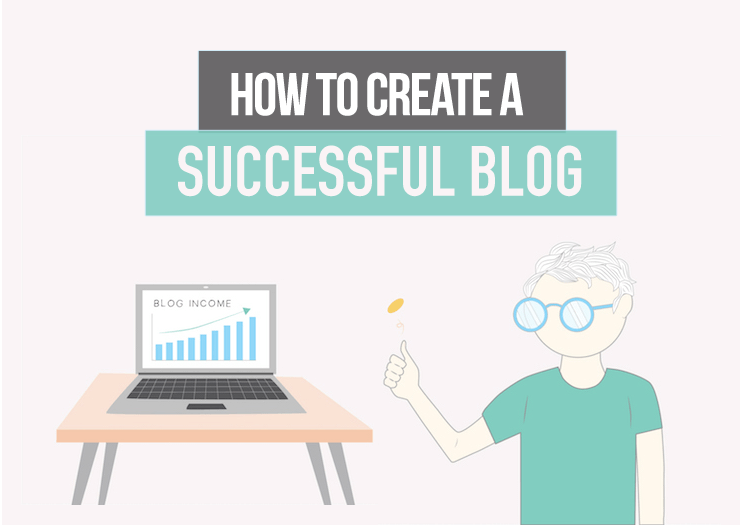Blogging is a fantastic way to share your knowledge, opinions, and experiences with the world. It can be a platform for building your brand, generating leads, and driving traffic to your website. However, with millions of blogs out there, it can be tough to stand out.

That’s where a solid blog strategy comes in. A blog strategy is a plan for creating content that supports your goals and engages your audience. In this article, we’ll explore how to create a blog strategy that helps you achieve your objectives.
Define Your Objectives
The first step in creating a blog strategy is to define your objectives. What do you want to achieve with your blog? Some possible objectives include:
- Building brand awareness
- Generating leads
- Driving traffic to your website
- Establishing yourself as an industry expert
- Increasing social media engagement
Once you know your objectives, you can tailor your blog content to support them.
Identify Your Audience
The next step is to identify your audience. Who are you writing for? What are their interests, pain points, and challenges? Understanding your audience is key to creating content that resonates with them.
Create a Content Calendar
A content calendar is a schedule for your blog posts. It helps you plan and organise your content, ensuring that you’re consistent and relevant. A content calendar should include:
- The topics you’ll cover
- The keywords you’ll target
- The format of each post (e.g., listicle, how-to, interview)
- The publishing date
- The promotion plan
Creating a content calendar makes it easier to produce high-quality content consistently.
Optimize Your Posts for SEO
Search engine optimisation (SEO) is the process of improving your website’s visibility on search engines. To optimise your blog posts for SEO, you should:

- Conduct keyword research to identify the keywords your audience is searching for
- Use keywords strategically in your posts’ titles, headings, and body
- Include internal and external links in your posts
- Optimize your images’ file names and alt tags
By optimising your posts for SEO, you can improve your chances of ranking higher in search engine results pages.
- Promote Your Posts Promoting your posts is essential for getting them in front of your target audience. Here are some ways to promote your posts:
- Share them on your social media channels
- Repurpose them into other formats (e.g., video, podcast, infographic)
- Include them in your email newsletter
- Reach out to influencers and ask them to share your post
- Use paid promotion (e.g., Facebook Ads)
By promoting your posts, you can drive traffic to your blog and increase your reach.
Measure Your Results

Finally, it’s essential to measure your blog’s results to see if you’re achieving your objectives. Some key metrics to track include:
- Traffic to your blog
- Time on page
- Bounce rate
- Social media engagement
- Leads generated
You can adjust your strategy to improve your performance by measuring your results. Creating a blog strategy is crucial for achieving your objectives and standing out in a crowded blogosphere.
By defining your objectives, identifying your audience, creating a content calendar, optimising your posts for SEO, promoting your posts, and measuring your results, you can create a blog that engages your audience and drives results.
Here are some resources for finding blog strategy templates:

- Hubspot Blog Editorial Calendar Template: Hubspot offers a free downloadable editorial calendar template that can help you plan and organise your blog content.
- CoSchedule Blog Strategy Template: CoSchedule offers a free blog strategy template that includes sections for setting goals, defining your audience, outlining your content strategy, and more.
- Content Marketing Institute Blog Strategy Template: The Content Marketing Institute offers a free blog strategy template that covers areas such as goal setting, audience research, content planning, and performance measurement.
- Trello Blog Planning Template: Trello offers a free blog planning template that can help you organise your blog ideas, track your progress, and collaborate with others.
- Hootsuite Blog Strategy Template: Hootsuite offers a free blog strategy template that includes sections for setting goals, defining your target audience, creating a content calendar, and measuring your results.
These templates can serve as starting points for developing your own blog strategy, but it’s important to remember that every blog is unique, so you may need to modify these templates to suit your specific needs and goals.
















